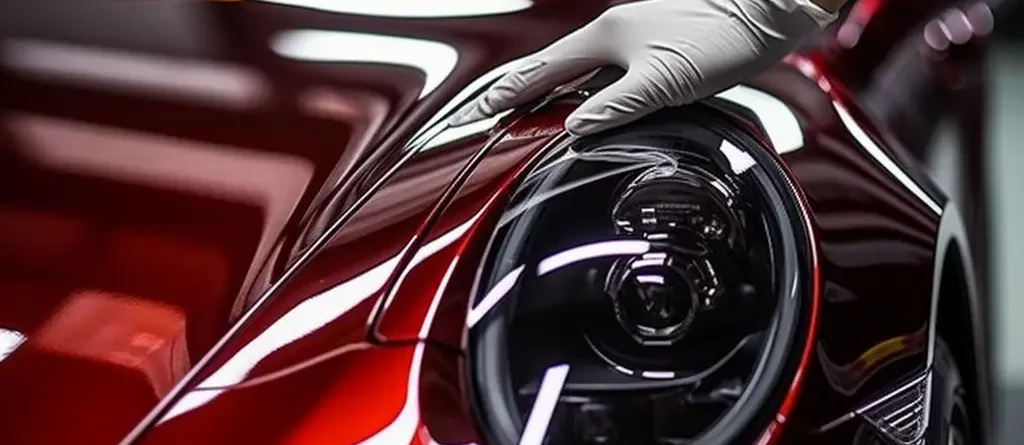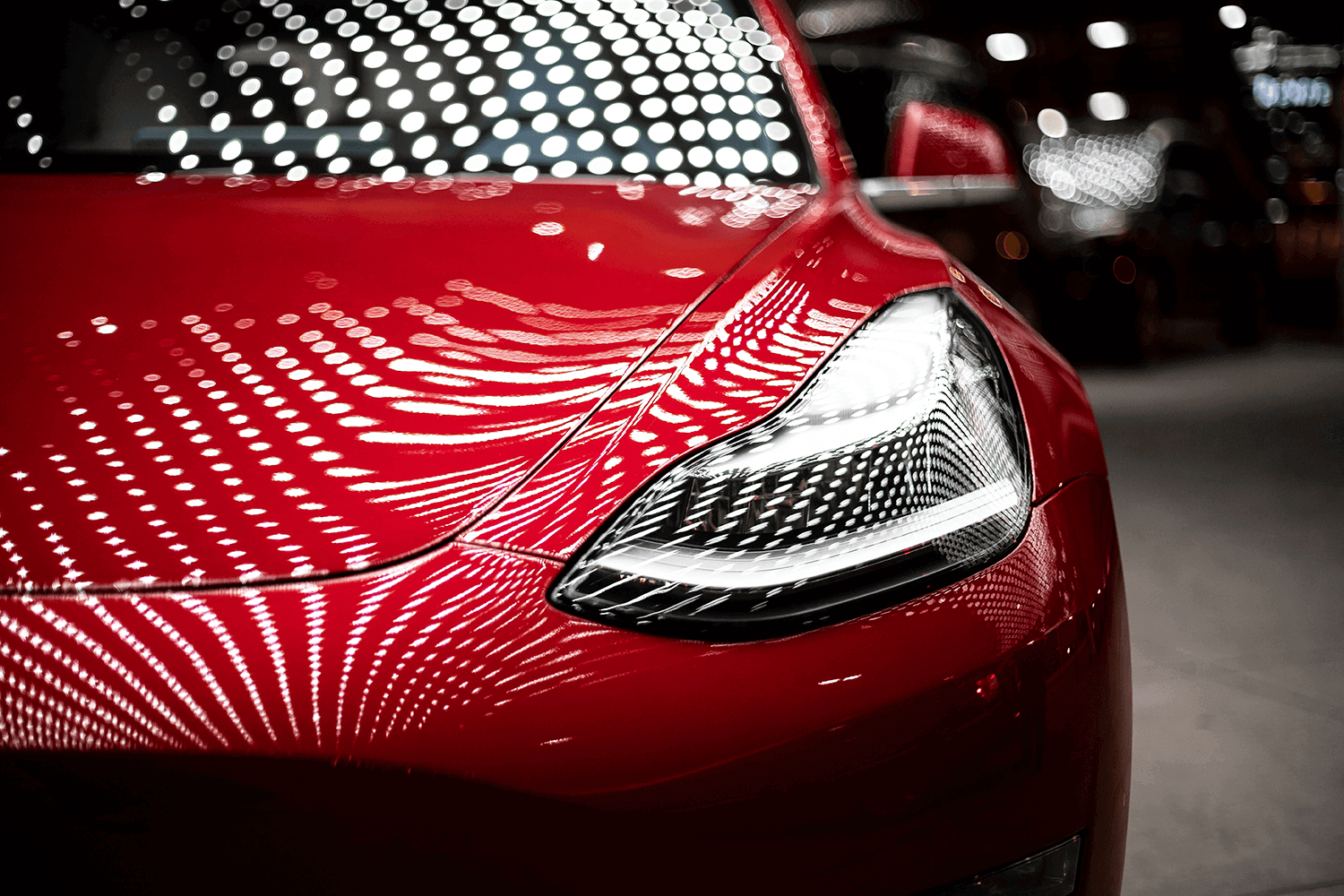Ceramic Coating: The Latest Solution for Protecting Your Car’s Paint from Harsh Elements
Ceramic Coating: The Latest Solution for Protecting Your Car’s Paint from Harsh Elements
Blog Article
Ceramic Finish vs. Typical Wax: Which Offers Better Security?
The dispute between ceramic finish and typical wax for lorry protection is one that qualities cautious examination, specifically in terms of durability, resistance to environmental aspects, and overall maintenance needs. While ceramic finishings promise prolonged longevity and superior defense against a range of hazards, typical wax may interest those seeking a more budget-friendly, albeit short-term, remedy. As we explore the nuances of each choice, the effects of your choice might have enduring impacts on your car's look and upkeep routine. What factors should influence your choice?
Review of Ceramic Covering
Ceramic coating has gained considerable appeal amongst automobile lovers and experts alike for its sophisticated safety qualities. This ingenious service includes a fluid polymer that chemically bonds to the automobile's factory paint, developing a long lasting layer of security. Unlike traditional wax, which normally lasts for a few weeks to months, ceramic coverings can offer durable protection for a number of years, relying on the item made use of and application approach.

While the first price of ceramic finish might be more than that of traditional wax, the long-lasting advantages, including resilience and minimized upkeep regularity, often validate the investment. As automotive innovation proceeds to progress, ceramic coverings have arised as a preferred option for those seeking optimal security and durability for their lorries.
Introduction of Conventional Wax
The allure of traditional wax exists in its simpleness and ease of usage, making it a preferred choice amongst car owners looking for to boost their car's appearance and provide a fundamental degree of security. Commonly obtained from all-natural carnauba or artificial polymers, standard wax forms a thin safety layer over the paintwork. The application procedure is simple, typically including a straightforward buffing with a microfiber fabric, making it easily accessible to both amateur and experienced individuals.
Traditional wax products are offered in numerous formulas, each created to provide to details requirements, such as improving sparkle or supplying water beading. The versatility of wax allows for usage on different surfaces, including paint, glass, and even plastic trim. While the application can be done by hand or machine, the secret is to ensure a clean surface area for optimum attachment.
Nonetheless, one significant characteristic of standard wax is its reasonably short life expectancy contrasted to contemporary choices. Typically providing defense that lasts from a couple of weeks to a couple of months, regular reapplication is needed to maintain its effectiveness. In spite of these constraints, conventional wax continues to be a prominent selection for car enthusiasts that appreciate the visual enhancement it offers.
Trick Security Features
When thinking about paint defense for automobiles, it's important to recognize the key features that differentiate typical wax from more advanced alternatives like ceramic layers. One of the key safety qualities of ceramic finishings is their resilience. Unlike wax, which normally lasts a few weeks, ceramic finishes can withstand for a number of years, providing lasting protection versus ecological pollutants.
Ceramic finishes develop a hydrophobic surface, pushing back water and preventing dirt, gunk, and other particles from adhering to the paint. This function not just enhances the automobile's look however additionally minimizes the regularity of washing. In addition, ceramic finishings supply premium UV security, protecting the paint from harmful sun direct exposure that can lead to fading and oxidation.
In comparison, standard wax supplies a more short-lived obstacle against components however does not have the resistance to scrapes and chemical discolorations that ceramic layers provide. While wax can boost gloss, its protective capabilities are restricted, particularly against harsher ecological elements such as bird droppings, tree sap, and roadway salt. In summary, the crucial defense functions of ceramic finishes significantly outperform those of standard wax, making them a remarkable selection for durable vehicle treatment.
Application Process Comparison

In contrast, the application of ceramic finishings is more complex and time-sensitive, usually needing professional help for optimum results. The automobile's surface area should be thoroughly cleansed, decontaminated, and polished to eliminate flaws prior to the coating is applied. Once prepared, the finish is applied in numerous layers, with each layer calling for specific curing times, commonly improved by heat lights. This precise procedure can extend several hours to several days, relying on the number of layers and wanted coating.
Ultimately, the selection between wax and ceramic finish hinges not only on defense degrees but also on the moment, know-how, and resources readily available for their corresponding applications. - ceramic coating
Expense Evaluation and Durability
Expense plays a substantial function in the decision-making procedure between traditional waxes and ceramic coverings. Ceramic coverings usually command a higher in advance financial investment, varying from $500 to $2,000 relying on the high quality, brand, and professional application solutions. This preliminary cost can be credited to the innovative innovation and products made use of in ceramic formulations, which provide exceptional longevity and defense.
In comparison, typical waxes are a lot more budget-friendly, normally setting you back between $20 to $100 for DIY applications. The long life of wax products is restricted, often calling for reapplication every few months to keep their protective qualities. This reoccuring expense can collect with time, making wax much less cost-effective in the long run.
Ceramic coverings, while more expensive initially, deliver lasting results, often exceeding 2 to 5 years with proper upkeep. This longevity Check This Out can supply substantial savings gradually, particularly for lorry proprietors that focus on defense and aesthetic conservation - ceramic coating. Eventually, the option between ceramic finishes and standard waxes need to take into consideration both first prices and long-term value, article source considering the upkeep demands and wanted protection level for the vehicle
Conclusion
In recap, ceramic coverings supply exceptional defense for lorry paint compared to standard wax, offering enhanced durability, resistance to environmental variables, and hydrophobic properties. While the preliminary investment for ceramic finishes is higher, their longevity and minimized maintenance requirements validate the price. Inevitably, for those looking for lasting vehicle care and defense, ceramic coverings represent a much more efficient solution than traditional wax, which provides only short-term advantages.
The discussion between ceramic finishing and conventional wax for automobile defense is one that merits mindful examination, especially in terms of resilience, resistance to ecological variables, and general upkeep needs.When thinking about paint security for lorries, it's essential to comprehend the crucial attributes that distinguish traditional wax from more innovative alternatives like ceramic coatings. In summary, the vital protection features of ceramic coverings significantly outperform those of standard wax, making them a superior selection for durable automobile treatment.
Eventually, the option between traditional waxes and ceramic layers need to consider both initial costs and lasting worth, factoring in the maintenance demands and wanted defense degree for the about his vehicle.
In recap, ceramic coverings provide exceptional protection for car paint compared to traditional wax, offering enhanced longevity, resistance to environmental variables, and hydrophobic residential or commercial properties.
Report this page